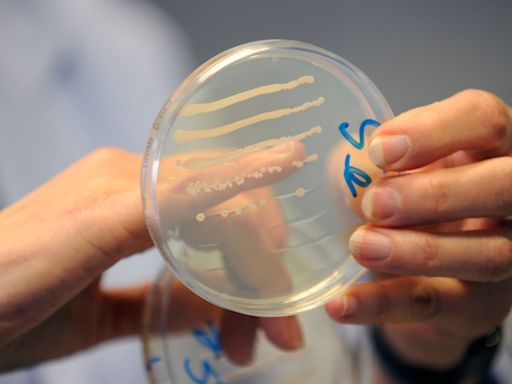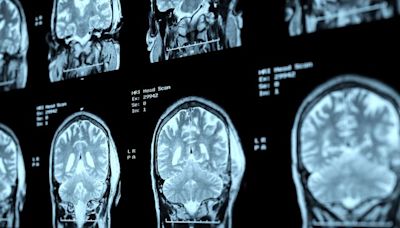Search results
Bacteria (/ b æ k ˈ t ɪər i ə / ⓘ; sg.: bacterium) are ubiquitous, mostly free-living organisms often consisting of one biological cell. They constitute a large domain of prokaryotic microorganisms. Typically a few micrometres in length, bacteria were among the first life forms to appear on Earth, and are present in most of its habitats.
Oct 4, 2019 · Bacteria Shapes. Bacteria come in a myriad of shapes. The three main shapes of bacteria are coccus, spiral, and bacillus. Cocci are bacteria that are spherical or ovoid in shape. Some cocci remain attached after binary fission, even though separate cells have been formed. For example, diplococci are cocci in pairs, streptococci are chains, and ...
Jul 17, 2024 · bacteria, any of a group of microscopic single-celled organisms that live in enormous numbers in almost every environment on Earth, from deep-sea vents to deep below Earth’s surface to the digestive tracts of humans. Bacteria lack a membrane-bound nucleus and other internal structures and are therefore ranked among the unicellular life-forms ...
Feb 12, 2019 · Bacteria can be found in soil, water, plants, animals, radioactive waste, deep in the earth’s crust, arctic ice and glaciers, and hot springs. There are bacteria in the stratosphere, between 6 ...
Dec 2, 2022 · Bacteria are tiny, single-celled living organisms. There are millions of different types of bacteria. Many can be found in and on your body and are beneficial to you. These bacteria make up your microbiome, which keeps your body healthy. Other bacteria can make you sick. Healthcare providers can treat many bacterial infections with antibiotics.
Bacteria. Bacteria are microbes with a cell structure simpler than that of many other organisms. Their control centre, containing the genetic information, is contained in a single loop of DNA. Some bacteria have an extra circle of genetic material called a plasmid rather than a nucleus. The plasmid often contains genes that give the bacterium ...
Oct 19, 2023 · bacteria. plural noun. (singular: bacterium) single-celled organisms found in every ecosystem on Earth. DNA. noun. (deoxyribonucleic acid) molecule in every living organism that contains specific genetic information on that organism. eukaryote. noun. organisms whose cells have discrete, specialized organelles.
The structure of bacteria is known for its simple body design. Bacteria are single-celled microorganisms with the absence of the nucleus and other c ell organelles; hence, they are classified as prokaryotic organisms. They are also very versatile organisms, surviving in extremely inhospitable conditions. Such organisms are called extremophiles.
Jul 24, 2022 · Biology definition: Bacteria are microscopic, single-celled organisms belonging to Kingdom Monera that possess a prokaryotic type of cell structure, which means their cells are non-compartmentalized, and their DNA (usually circular) can be found throughout the cytoplasm rather than within a membrane-bound nucleus.
Jul 3, 2014 · Most common bacteria are about 1 to 2 microns in diameter and 5 to 10 microns long. A micron is one millionth of a meter, or 1/10,000th of a centimeter. The human eye is amazing. Still, unaided, the smallest objects our eyes can see are about 100 microns long. That is 1/10th of a millimeter.





